The Sindhi New Year, Cheti Chand holds a lot of importance, as this is a day when friends and relatives come together to meet one another. Just being together, united and cared for, makes us feel secure, cosy and warm.
Amongst Sindhis, we celebrate this day in memory of ‘Jhulelal’, who was born on this day.
In Sindh, this day was and is celebrated in a big way with members of the Sindhi community, both Hindu and Muslim, dressing up in their finest clothes and coming in large numbers for the grand ‘Jhulelal’ procession that is followed by a cultural programme and ‘langarsaab’, free ‘prasad’ for all people, from God’s kitchen.
The concept of ‘langar’ is practised by all people regardless of their caste and culture.
It is about embracing everyone, about feeding everyone irrespective of their faith, ethnicity, gender and otherwise.
We children were made to participate in a ‘satsang’ called ‘behrana’ that is generally held on Cheti Chand in the name of Jhulelal, or at a beginning of a good deed like getting married or buying a home.
Our peers felt that with this good omen, the young women would be blessed with a ‘suthoghot’ and the young men with a ‘suthijoye’.

We would decorate the ‘behrana saab thaal’ that is made of bronze, in which the idol of ‘Jhulelal’ would be placed along with an earthen pot called ‘kunri’ that is filled with water and covered with a red cloth.
Wheat flour would then be kneaded in the shape of a round ball, flattened a bit with the tip of one's fingers and decorated with cardamoms, almonds, cashews, cloves and vermilion, and placed in the ‘thaal’. Over it, a large piece of ‘misri’ (a large piece of refined sugar) used to be placed. This was then surrounded with fresh flowers, agarbattis, scented dhoop, and some fresh fruits along with five diyas that were lit. This virtually transformed the whole atmosphere into a divine experience, one that we all looked forward to.
Devotees of ‘Jhulelal’ would place ‘akho’, a combination of rice and sugar in the ‘behrana saheb.’ They would then cover their head with a piece of red cloth and place the ‘behrana saheb’ over their head, even as they danced barefoot and sang ‘bhajans’ till they submerged it in the sea as an offering to ‘Jhulelal’ and enchanted ‘jekochawando Jhulelal, tehni jotheendo berahee paar’ meaning 'whoever said this, their ship would reach the shores safely'.
After this was done, the women of the house would get together to wash and soak the rice for an hour first.
They would then tell their ‘radhao’, the family cook to place the drained rice with sugar, saffron and water together in a ‘degchi’ and cook it over slow flame till all the water got evaporated and the fragrant rice was edible and sweet enough to boost our strong cravings for this dish. This sweet offering called ‘tahiri’ was garnished with raisins, bits of almonds and cashew nuts, and was distributed to all, even while the crowds were performing the rituals of ‘behrana’.
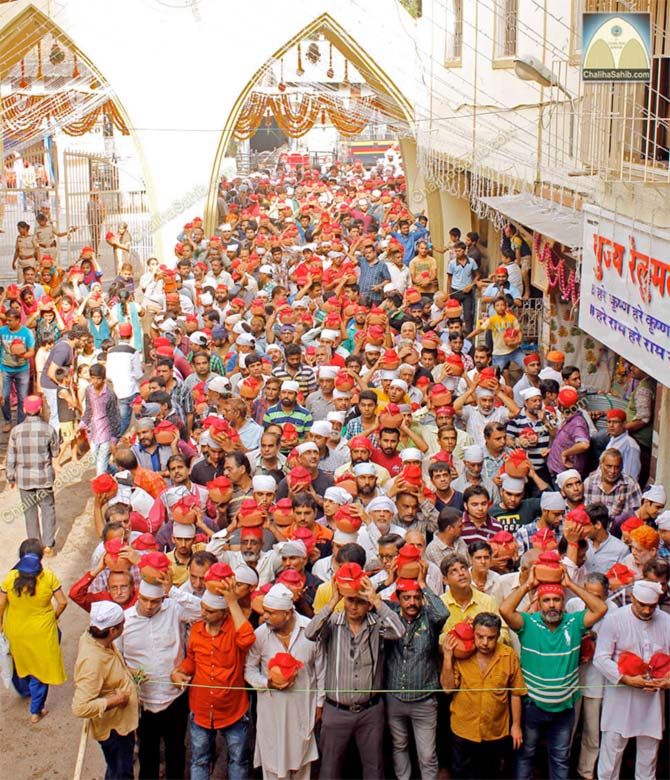
The dining tables were then adorned with authentic Sindhi delicacies like seyun patata, tahiri, singharji barfi, bhee aloo, saibhaji, kachaloo tuk, boondi jo raito, bhuga chawal, sanha pakoda, wadi ain aloo ji bhaji and many more authentic Sindhi delicacies. After this, we would rest on the divan, a long backless sofa and exchange pleasantries with some of our close friends and relatives, even as the festive day came to an end.
I am able to replay about a thousand imaginary conversations in my head where I would dazzle my dadi and nani with my flawless mastery of the only language we had in common -- Sindhi.
This language is united to the point that it is the language of the Indus Civilisation, and that this is the language of Sindh. They knew English and Hindi very well, but somehow it was our mother tongue that kept us connected as they wanted me to pick up the language, and with it the food and culture of Sindh, which I did in due course, during their lifetime.
As per the Sindhi customs, the elders of the family often gave kharchi or pocket money to their children and grandchildren on this auspicious day.
And this kharchi would bring such a joy to us as children that we used to look forward to it. It gave us our sense of independence, as with this money, we could go out and gorge on our favourite food, or get a ticket to see a film at a theater in our vicinity.
And if we saved it, our parents and grandparents would double it for us in double quick time. This gave us a significant element of personal pleasure as we could get something bigger and better with this money at a later date.
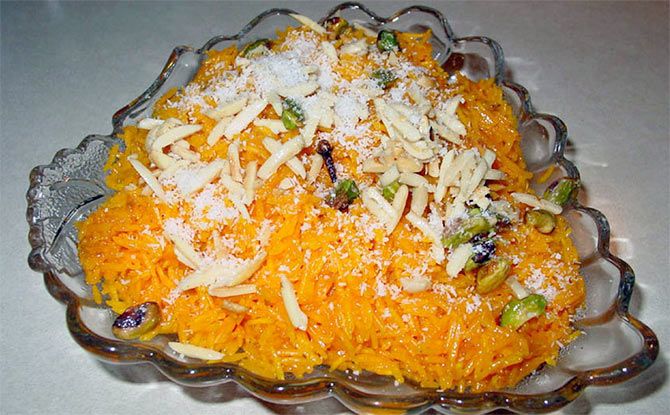
Food was generally homemade at a relative or friend's place and comprised dishes that were made with sugar like tahiri, singarji barfi, atte jo laddoo, kaju jo mithai and ghewar as the celebration of Holi was a few days apart.
Since the significance of New Year meant celebration, the breakfast on this day had to be heavy like dal pakwan, seera malpua.
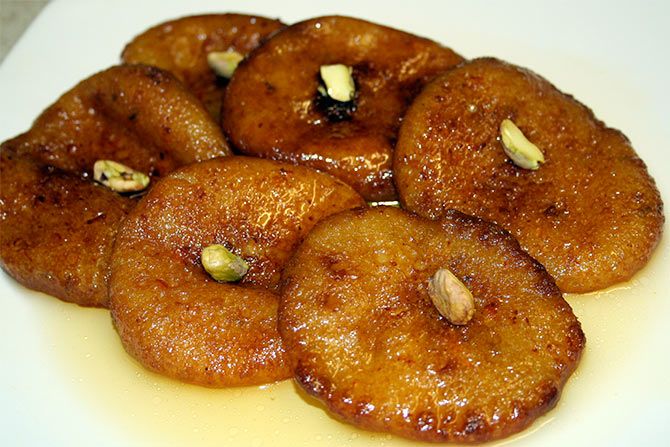
And mercifully our peers were able to burn it up without showing even a sign of a midriff belly or any ailment, as they walked around a lot, shared their worries with like-minded friends and relatives, and were happy and content with the little they had.
They would dance with ecstasy and joy, great vigour, enthusiasm and rhythm.
And would have an ‘open house’ on this day, to let people walk in at whatever time they wished to come by, to enjoy the goodness of the celebrations of this day.
Today, this festive day is not celebrated with abundance and excitement, as it was in an era when our peers were alive, thanks to globalisation. If only we could get those days back….
Gitanjali Gurbaxani is a well-known author and food consultant. Email her at gitanjaligurbaxani@gmail.com or view her website www.gitanjaligurbaxani.com.


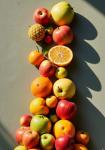

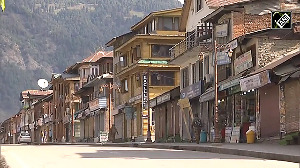


 © 2025
© 2025